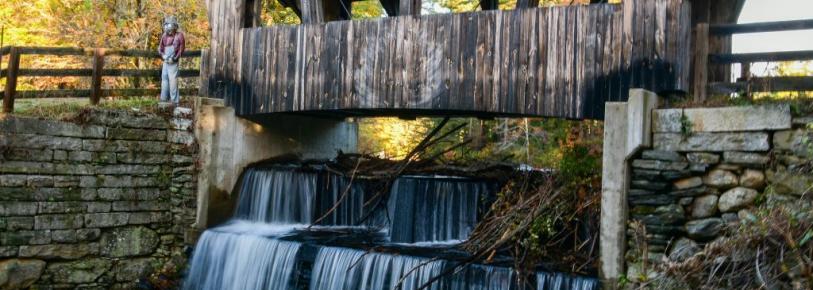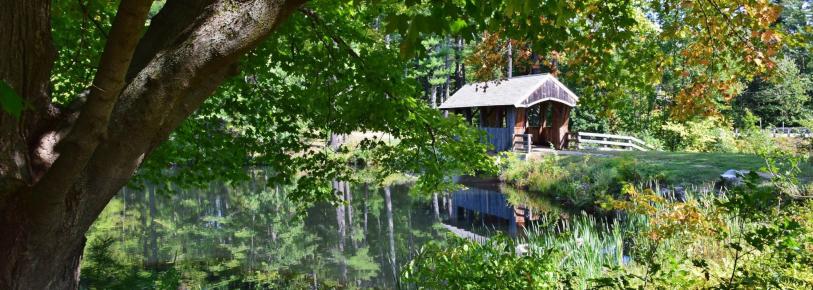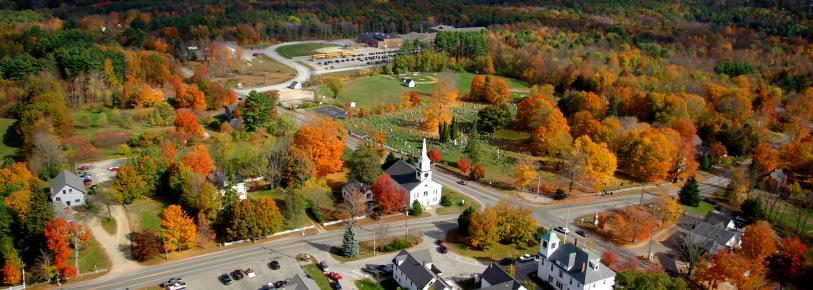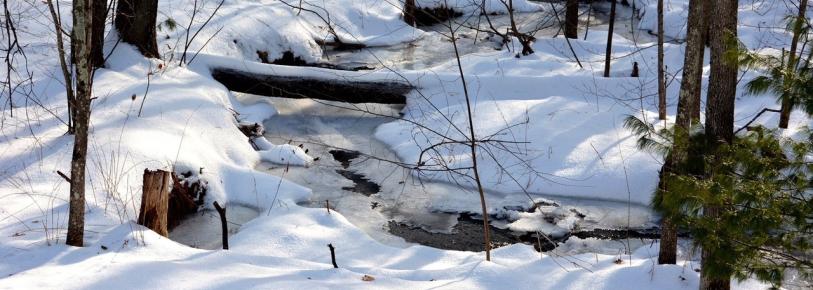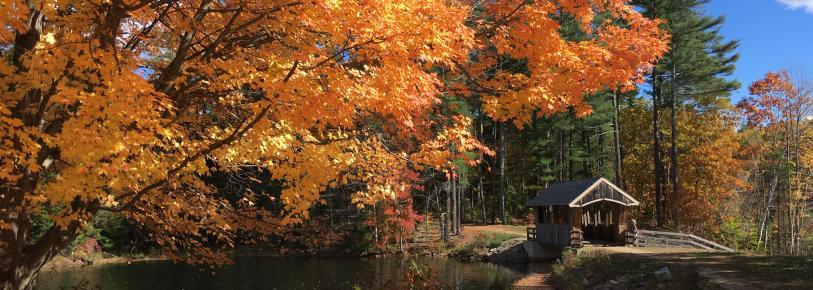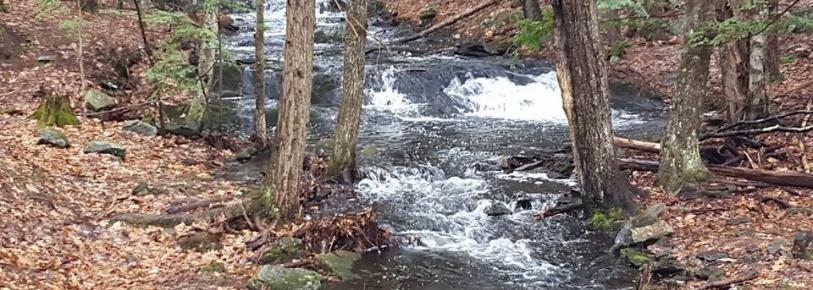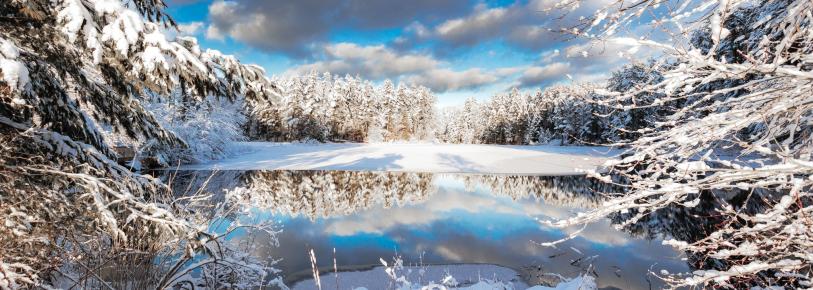For Mountain Bikers

FOR MOUNTAIN BIKERS
BEFORE YOU GO:
Stay close to home - If you have trails close to home, particularly that you can ride to, it’s great to stay local. Stay up-to-date on trail closures and facility changes.
Do your research - If you’re itching to ride further from home, do your research to determine whether it is appropriate. Check with state and local governments about trail openings and closures as well as guidance for travel. It’s important to respect the small gateway communities that border our favorite recreation hubs and the limited medical facilities in these places.
Have a plan B - Take cues from the trailhead to assess whether it’s too crowded to honor social distancing. If it is, try another trail or try another day. Riding roads, gravel or paths can be alternatives to crowded singletrack trails.
Follow the ABCs - We all know the ABC bike check: air, brakes, cranks and chain. Make sure your bike is ready to ride before you leave the house to minimize time at the trailhead. If you’re driving, get dressed for riding at home. Helmet optional in the car!
AT THE TRAILHEAD:
Beat the rush - Consider riding at off-peak times to have more space on the trails. This may vary depending on where you live, but early morning is often a less busy time on the trails.
Bypass the crowds - Ride from home if you can, consider less popular trailheads, or check a map for alternate trail access points where there will be less user congestion. If you’re driving, consider parking a short distance from the trailhead and riding from there to avoid crowds. (But of course, respect the neighbors!)
Make driveway tailgates trendy - After your ride, celebrate the awesomeness back home to minimize trailhead time and crowding.
ON THE TRAILS:
Ride cautiously - Take it easy and ride within your skill level. This will minimize the strain on healthcare facilities and avoid exposure risks for yourself and for medical staff.
Pass with care - The safest way to pass with social distance is to stay alert, slow down, and communicate with each other about how to proceed. One user should step six feet off-trail perpendicular to the trail to let the other user pass. Riders can leave their bike on the side of the trail. Walk back to the trail the same way to minimize any environmental impact. When you are identifying a spot to step off-trail, be cautious of sensitive or dangerous vegetation, insects, animals and loose or steep terrain.
Break with space - When taking breaks, be conscious to avoid group bunching, intersections, or spots on the trail where other users can’t pass you safely.
Cover your face - Wearing a face covering while exercising isn’t fun, but face coverings are added protection if a trail is crowded and maintaining social distance is a challenge, or if you unexpectedly need to be in close proximity to others. You may need to aid an injured rider, assist with a mechanical issue, or encounter another user in a spot that’s too tight to pass with proper social distance. Neck gaiters or “buffs” are one familar face covering option. Check locally—some governments now require users to wear face coverings on paths and trails.
Listen, and be heard - Ride with a bike bell to alert other trail users of your presence from a distance. Pick one up from your local bike shop. And if you sometimes ride with headphones, consider leaving them at home in favor of listening for approaching trail users.

